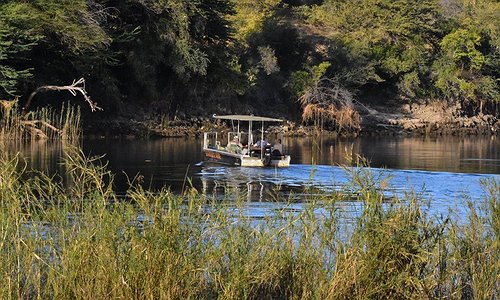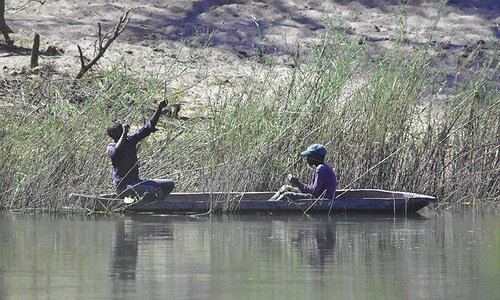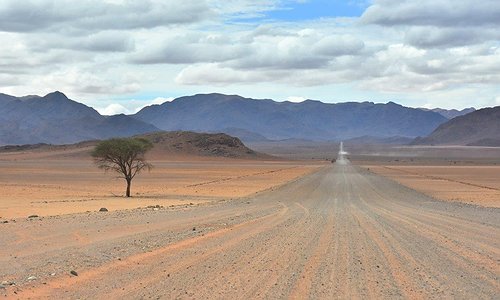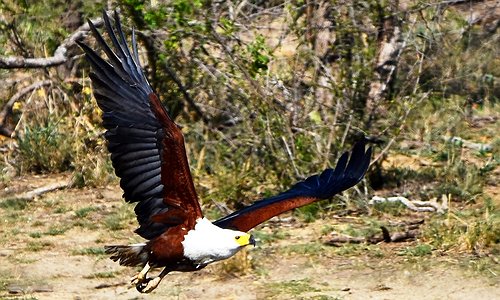Journey through Southern Africa's untamed landscapes

The appeal of a self-drive safari lies in slowing down. Travellers wake to soft light filtering through canvas walls, not the beep of a hotel alarm. Mornings might start with coffee brewed over embers as elephants trudge to a nearby river. Daytime offers plenty of detours - from exploring ancient rock art in Namibia’s outback to drifting in mokoros along the Okavango Delta’s watery avenues.
Southern Africa stretches south of the Zambezi and Cunene rivers, covering South Africa, Namibia, Botswana, Zimbabwe, Zambia, Eswatini and Lesotho. Its quilt of environments ranges from the endless red sands of the Namib Desert to emerald wetlands of the delta, and from dramatic escarpments to wild Atlantic and Indian Ocean shores.
Planning takes some simple steps. Mapping out daily distances and doubling estimated drive times keeps stress low when tracks go slow. Passports, vehicle registration papers, visas and comprehensive insurance should all be ready before departure. Many overlanders recommend travelling between May and October for firmer roads and fewer mosquitoes, though rainy-season colours and roaring waterfalls do have their own magic.
Gear choice matters but it need not be daunting. A sturdy 4×4 with a reliable rooftop tent is the backbone of any trip. Adding a compact fridge keeps drinks cool on scorching afternoons, and solar panels help keep lights on without running the engine. Basic recovery equipment like a shovel, tyre compressor and snatch strap, gives peace of mind when the only traffic is fresh spoor in the dust.
Local communities often welcome overlanders at small, family-run campsites. Sharing a braai (barbecue) under a starry sky builds camaraderie between travellers and hosts alike. Stopping in villages for essentials supports regional economies, and guests leave richer for conversations over woven baskets or locally roasted coffee.
Wildlife sightings become part of daily life: dwarf mongooses scuttle across tracks while giraffe browses treetops and hippos yawn in shaded pools. Birdwatchers can tick off lilac-breasted rollers, fish eagles and carmine bee-eaters in a single morning. All of this happens outside the confines of a game vehicle, just steps from the tent.
Travelling responsibly keeps these landscapes vibrant for future visitors. Staying on marked tracks prevents erosion and using biodegradable soaps guards freshwater springs. Many parks encourage community visits, helping small enterprises flourish and conservation efforts thrive.
Taking the wheel means embracing the unknown, celebrating small victories - crossing a tricky ford or capturing a sunset glow on camera. Overlanding lets travellers collect genuine stories, not just photos. So, pack a sense of curiosity, a sturdy map and an open spirit. Southern Africa’s roads are calling, and the wild is closer than you think.




